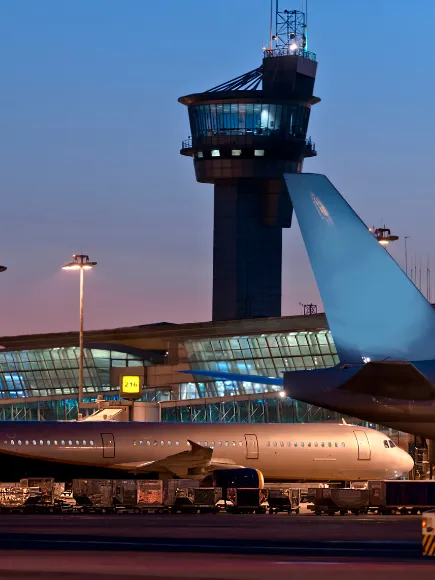Transportation
Each of the various methods of transportation offer their own unique fire hazards. Fike’s comprehensive fire detection and suppression solutions, and our unmatched expertise for how to use them, ensure any of your following applications will be reliably protected.
Tunnels
Fires occurring in vehicular tunnels, subway tunnels, parking garages and other types of tunnels are of particular concern because of the number of people who may occupy the space. Whether the hazard occurs from a vehicle fire, an electrical short or another source, tunnels must be well equipped to keep occupants safe.
A digital temperature sensing fiber optic cable is run along the tunnel’s ceiling for each traffic lane. Its addressable functionality offers pre-programmable temperature thresholds for specific areas of the cable, resulting in pinpoint accuracy for water mist or sprinkler systems and the ability for personnel to quickly locate the fire.
If the tunnel is equipped with security cameras, server-based Fike Video Analytics may be used as a cost-effective solution to identify smoke and flames without requiring the installation of new hardware.
In some applications, gas detectors may be useful to monitor for safe levels of oxygen.
An AP Sensing fiber optic cable may be run in tandem with electrical wires installed behind the tunnel walls to detect any short circuits or electrical fires. VESDA air sampling may also be used to detect the presence of smoke.
Due to their relatively small size, control rooms often use standard spot detectors, but for faster detection VESDA air sampling may be used. Non-conductive suppression such as chemical agents, inert gas or water mist is often used instead of sprinkler systems which would destroy the electrical equipment if discharged.
Unlimited power supply (UPS) rooms may be equipped with VESDA air sampling for very early detection of smoke particles. Gas detection is also recommended to identify hydrogen and other potentially explosive off-gasses from batteries. These detection methods may be installed separately, or a VESDA Sensepoint XCL may be used to perform both functions. Finally, inert gas or chemical agents are often used to protect these spaces.
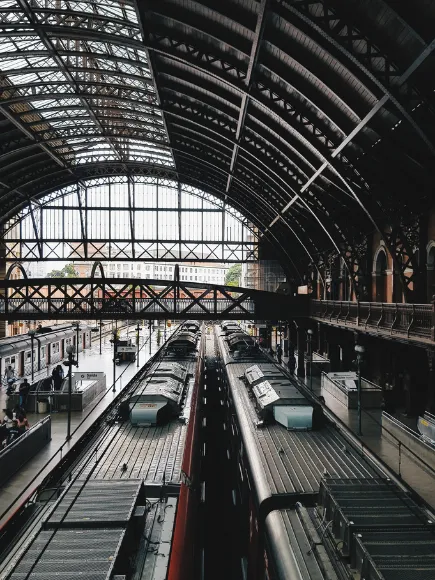
Hangars
Fires in airplane hangers may be caused when a spark reaches a flammable liquid; for example, a welding spark meeting a small puddle of hydraulic fluid. Fast-acting fire detection is ideal to extinguish the fire before foam suppression systems are discharged, which often require extensive cleanup.
Fike Flame Detector
Often used in hangars because of their ability to quickly identify small flames in a wide range and long distance from the detector. IR3 detectors also provide high resistance to false alarms, including the ability to ignore the flame from a jet engine.
Fike Cheetah® Xi
Common suppression systems in hangars include foam systems, water cannons or standard sprinklers, all of which can be discharged by the Fike Cheetah Xi releasing fire control panel.
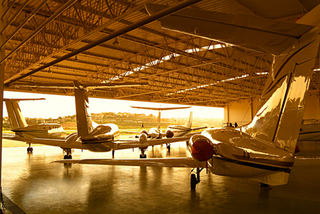
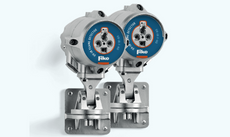
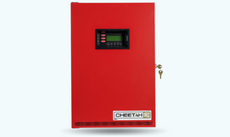
Marine
While various areas of a ship have their own unique fire hazards, Fike specializes in protecting engine rooms and vehicle decks with our proprietary technologies.
Fike Video Analytics is currently being used within the engine rooms of hundreds of ships because of its ability to quickly identify oil mist, which could produce a very dangerous fire. This server-based technology may be used on existing live video camera networks or on Fike Flame Detectors with the HD camera upgrade.
If local application suppression is desired, CO2 suppression systems are often used because of their effectiveness at extinguishing fires on specific areas of the engine room. Otherwise, Fike Micromist® offers self-contained water mist fire suppression in a total-flood application.
Detects and visualizes developing fires and hot spots to provide early warning information before significant fires occur.
Fike Video Analytics is used to reliably detect automobile fires while parked on vehicle decks or weather decks. On enclosed vehicle decks, Video Analytics may be used on existing cameras or Fike Flame Detectors to detect smoke or flames. On weather decks, Video Analytics must be used on Fike Flame Detectors because of their ability to ignore sunlight and reflections which may result in nuisance activations.
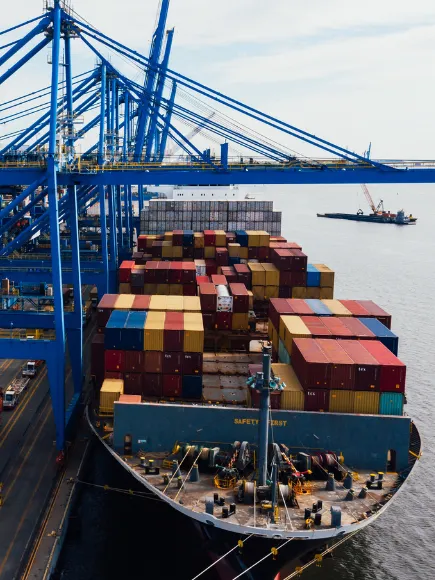
Airports
Fike specializes in protecting against the unique fires which may occur in airports’ data backup and power supply rooms, tunnels, control towers and baggage claim areas. A fire occurring in any of these locations can pause nearly all operations of the airport, resulting in flight delays, downtime and countless upset passengers.
If the utility tunnel is equipped with security cameras, server-based Fike Video Analytics may be used as a cost-effective solution to identify smoke and flames without requiring the installation of new hardware; otherwise, the technology may be installed on Fike Flame Detectors with the HD-camera upgrade. VESDA air sampling may also be used in these environments.
Power supply or data backup areas are often protected with a combination of VESDA air sampling for bigger areas or basic spot detection for smaller areas. Chemical agents are ideal suppression solutions due to their ability to quickly extinguish fires without producing collateral damage on electronics.
Control towers may be protected with inert gas because of the distance between where the cylinders are stored and the tower itself. Depending on the size of the control tower, VESDA air sampling or basic spot detection may be used.
Fike’s comprehensive fire protection solutions and wide range of fire control panels means we have the ability to protect the entire airport, including the spacious terminals. For ceilings 20 feet or higher, OSID Beam Detectors or VESDA are used to detect smoke, which otherwise wouldn’t be detected until the smoke reached the high ceiling.
